The Asylum was built in 1852 and enlarged on several subsequent occasions. The hospital was set in grounds of 120 acres which included gardens, farmland and a burial ground. In 1940 female patients were transferred to other hospitals, mainly Storthes Hall near Huddersfield, to make space for an Emergency Hospital, and many did not return until well after the end of the War. Administration of the hospital passed to the National Health Service in 1948. By the early 1960s it was known by its final name of St John's Hospital. Over the years it has had many different names: 1852-1893 Lincolnshire County Lunatic Asylum or Lincolnshire County Pauper Lunatic Asylum, 1894-1915 Lincolnshire Lunatic Asylum, 1897-1898 Lindsey, Holland, Lincoln and Grimsby District Pauper Lunatic Asylum, 1903-1920 Lincolnshire Asylum, 1898-1902 Bracebridge Pauper Lunatic Asylum, 1902-1919 Bracebridge District Lunatic Asylum, 1919-1948 Bracebridge Mental Hospital, 1930-1938 Lincolnshire Mental Hospital, 1939-1960 Bracebridge Heath Hospital, and 1961-1989 St John's Hospital, Bracebridge Heath. The hospital itself was closed in December 1989 with the remaining patients transferred to other establishments.
Rumour has it that the honeycomb ceilings were put in place to reduce the noise levels of screaming patients from echoing down the long corridors. But it's actually a load of bollocks. The honeycomb ceilings were a common form of fireproofing in hospitals in the mid-nineteenth century.
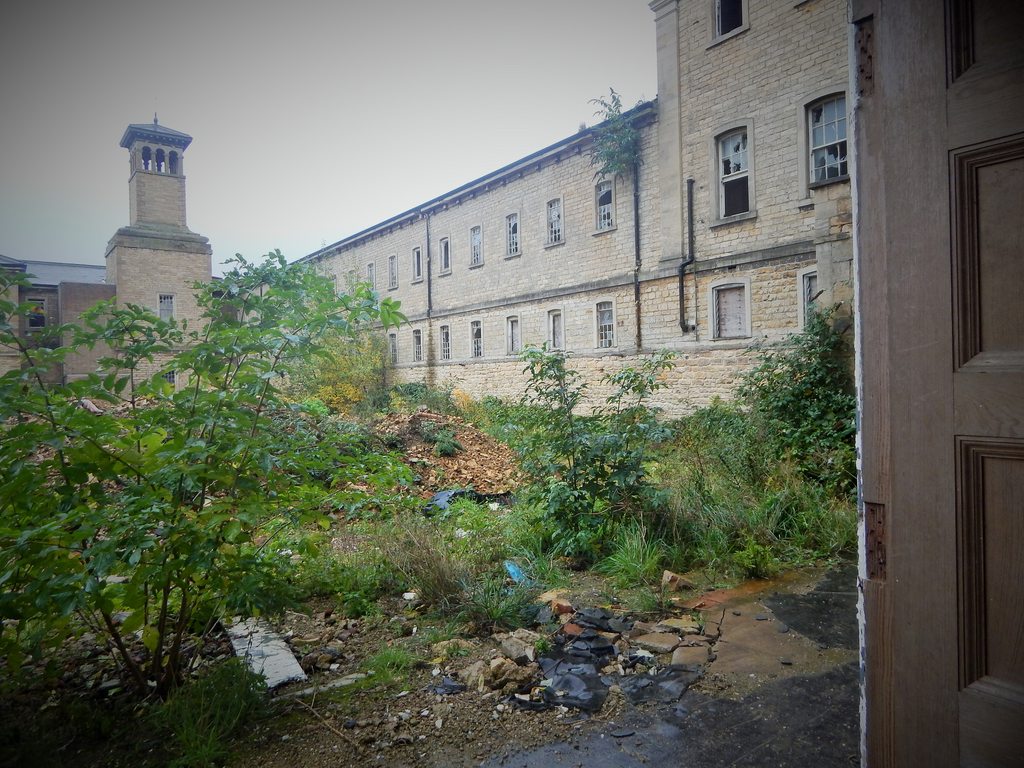
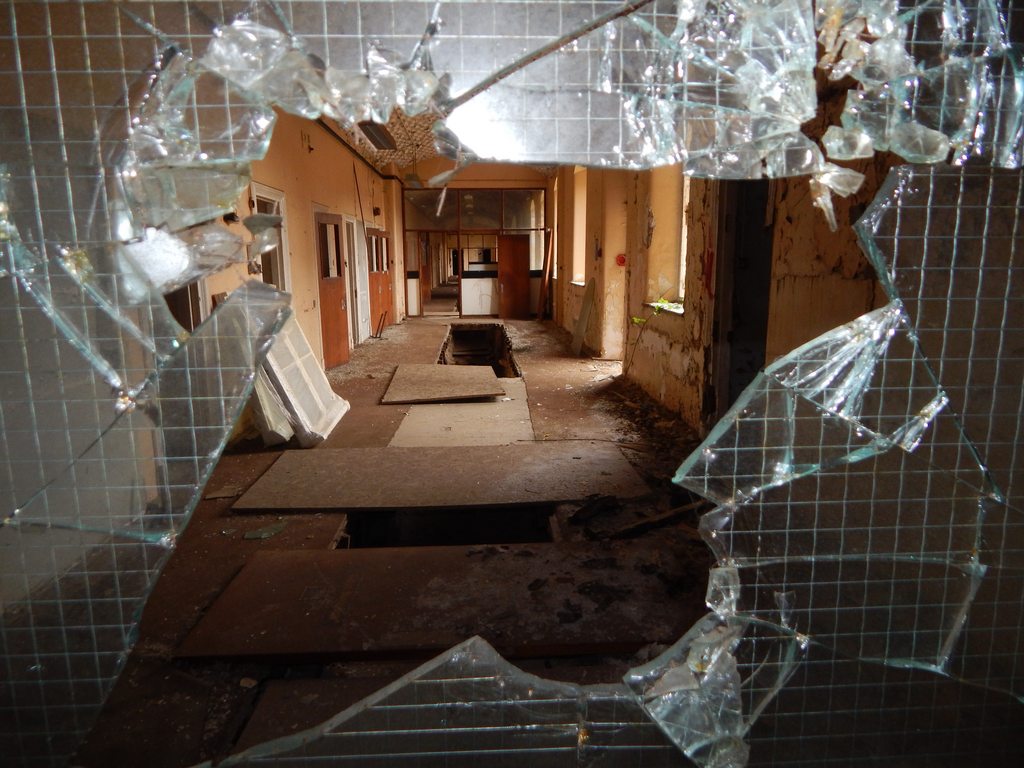
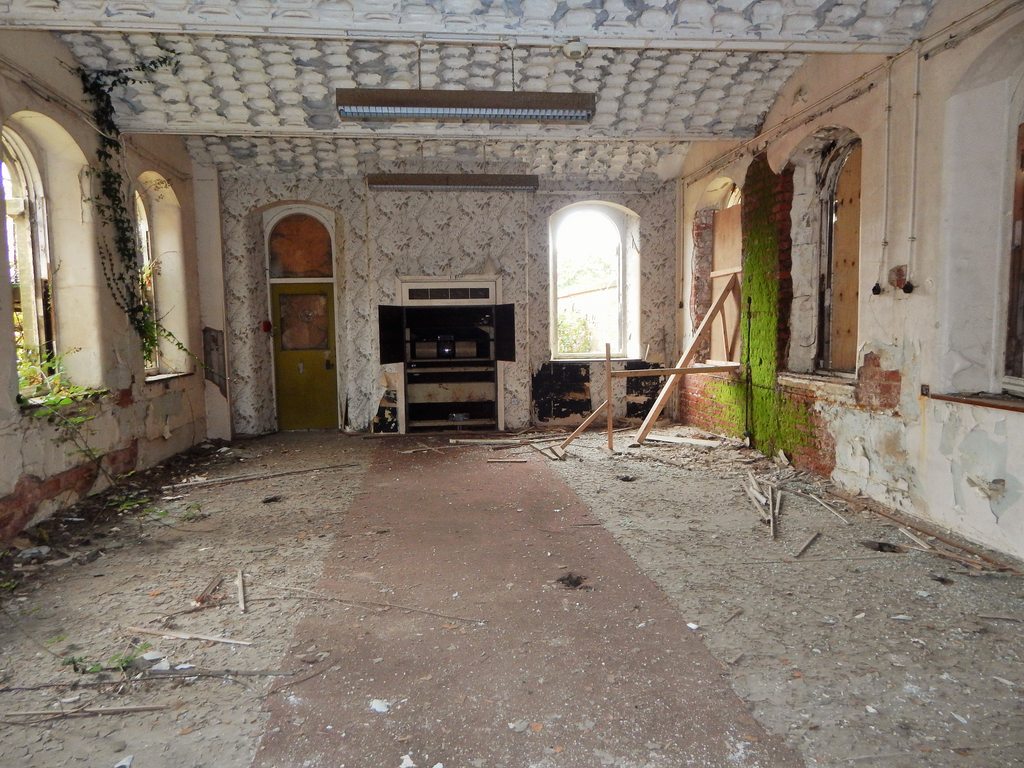
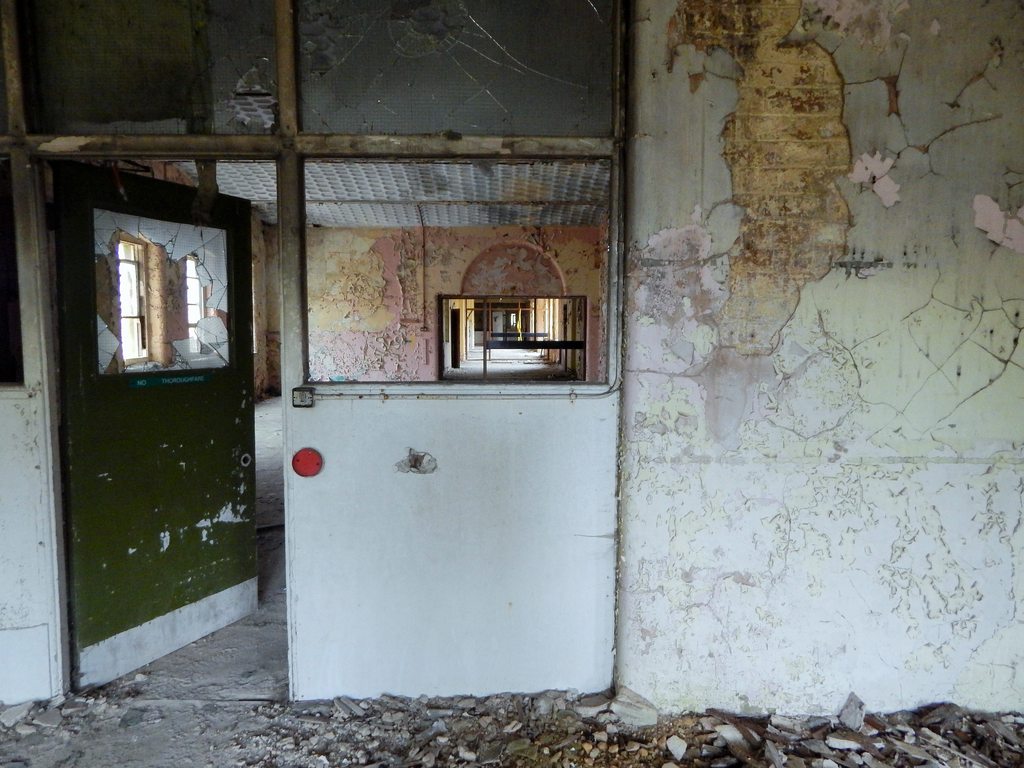
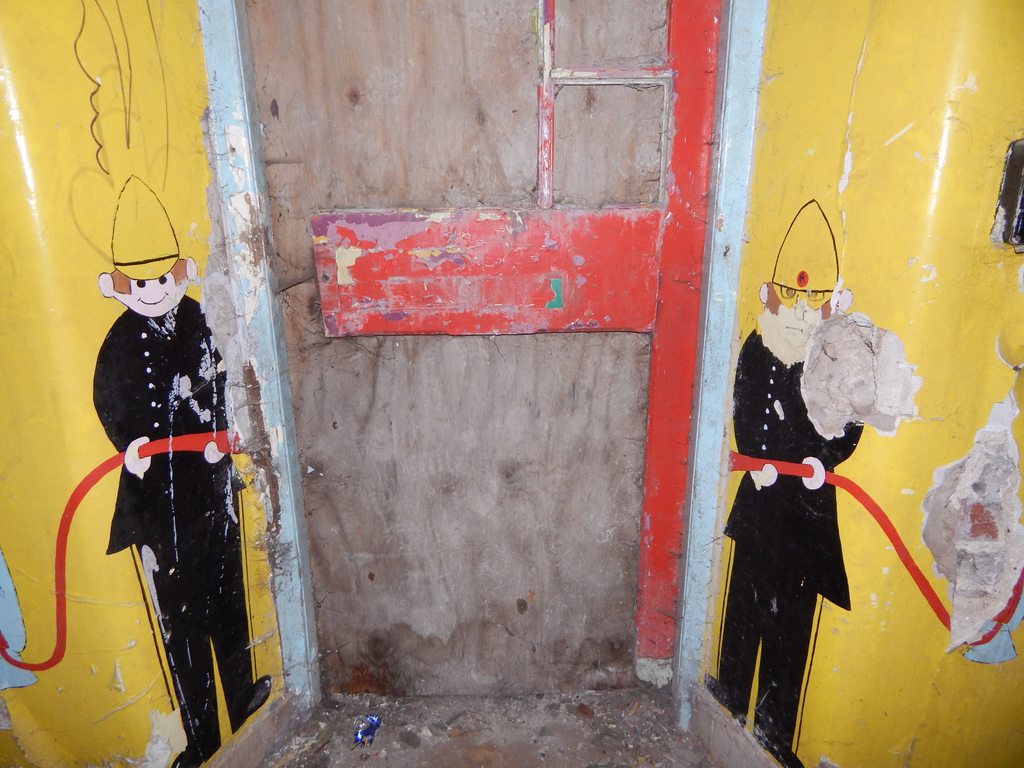
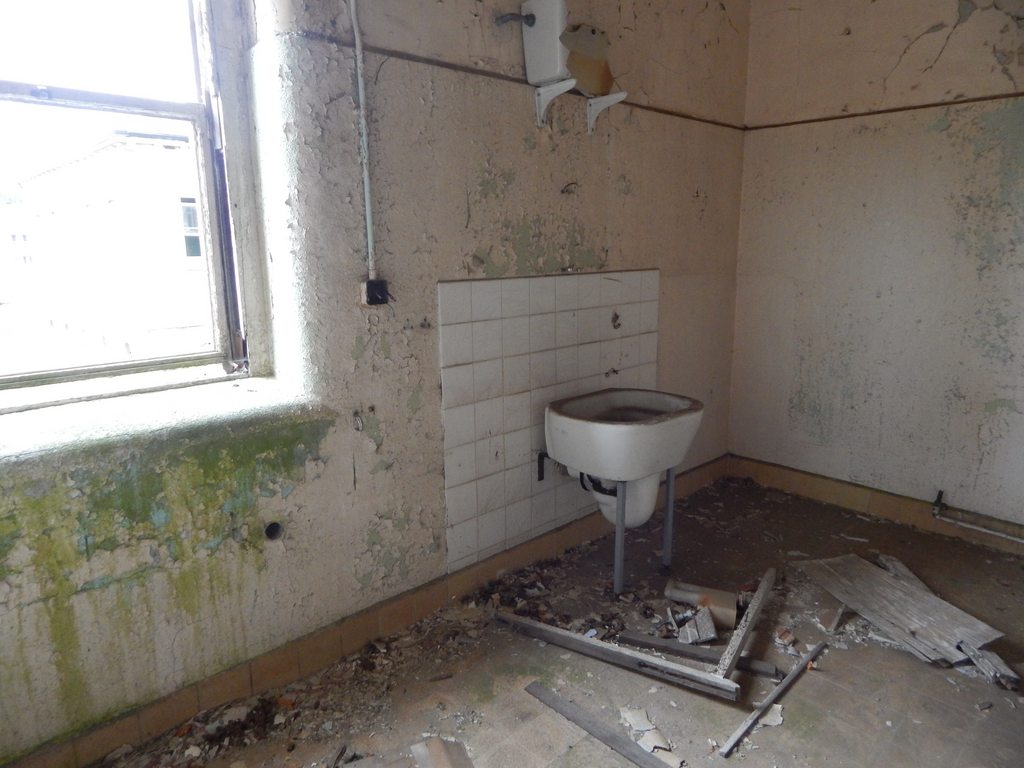
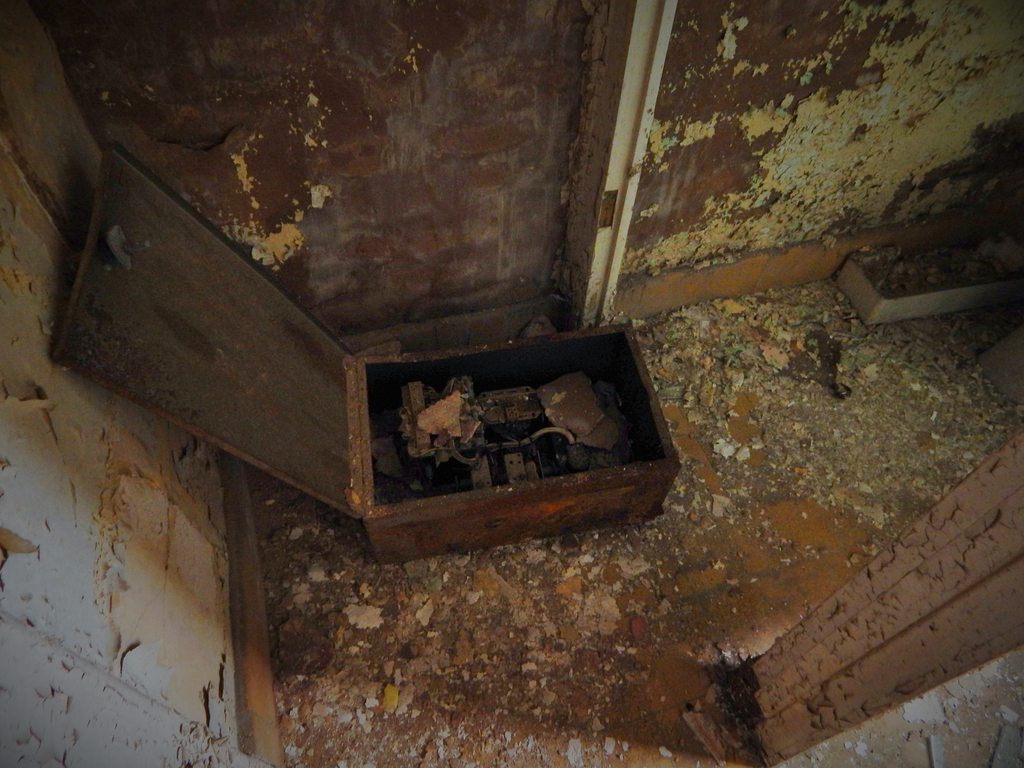
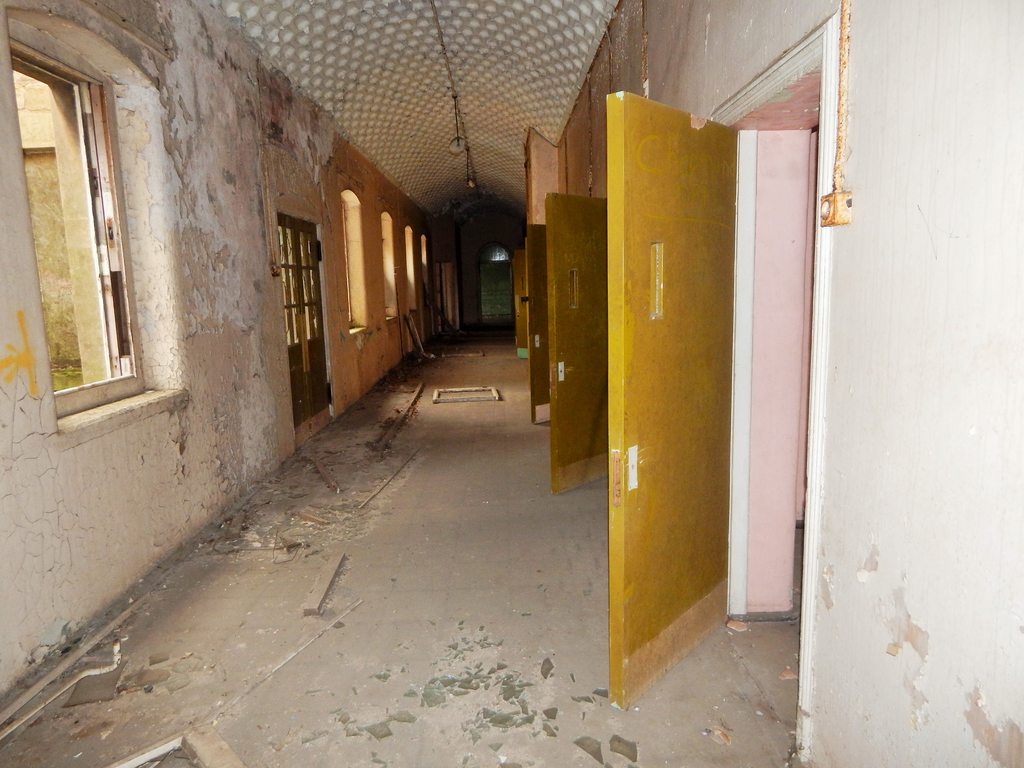
While the boys were off taking photos I wandered back to the cells, went in one and closed the door behind me. I wanted to get a feel for how things might have been. The cells were tiny. The first thing that struck me was how much smaller they are compared to some police cells. Not that I'd know anything about that, of course :yes:
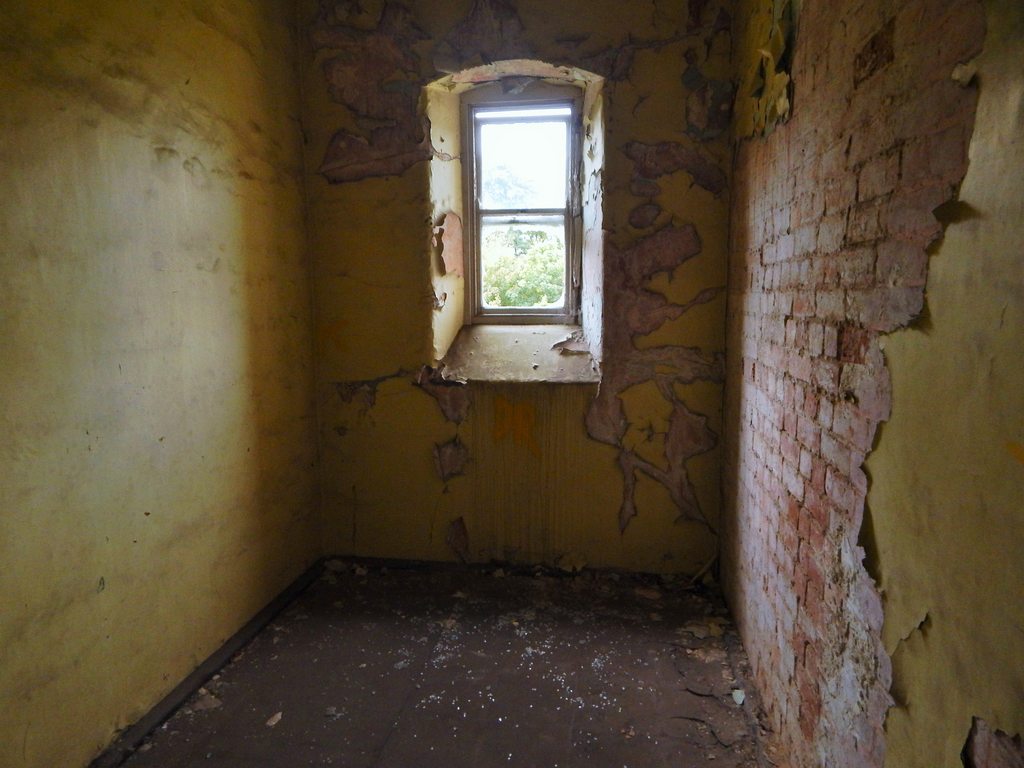
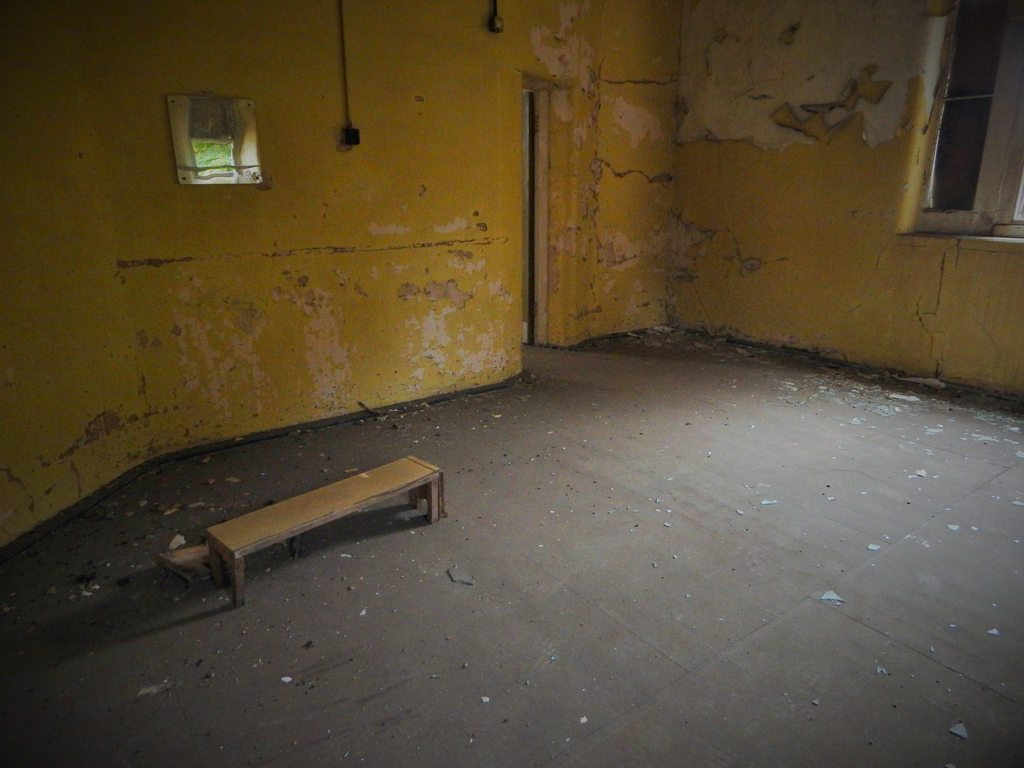
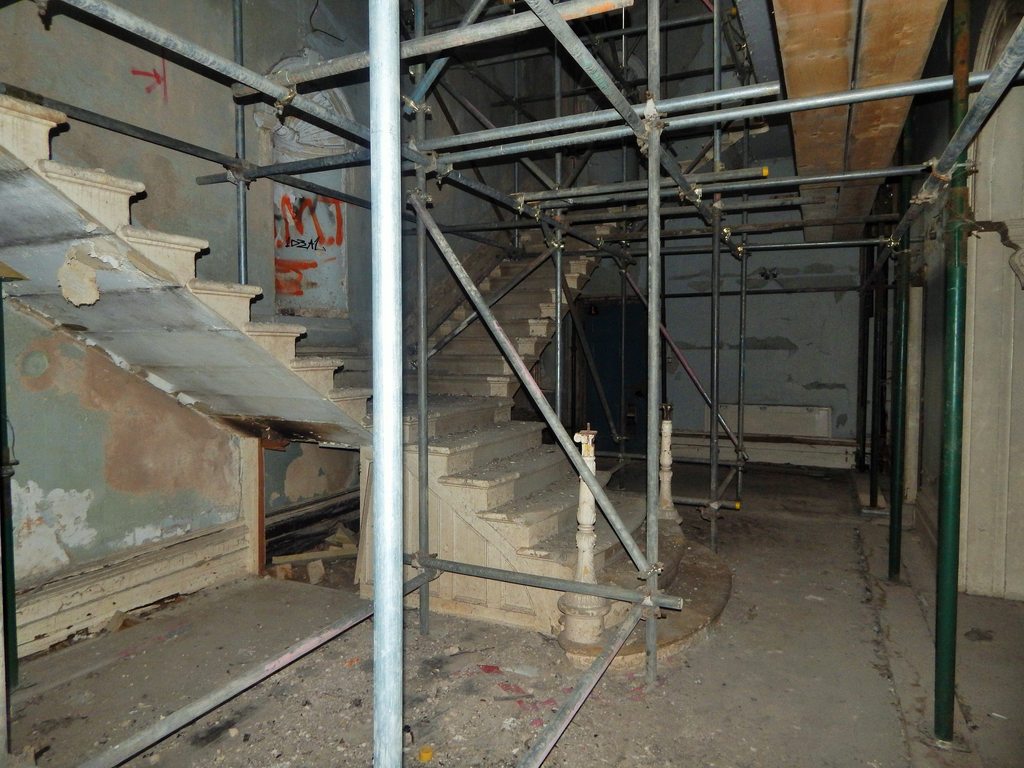
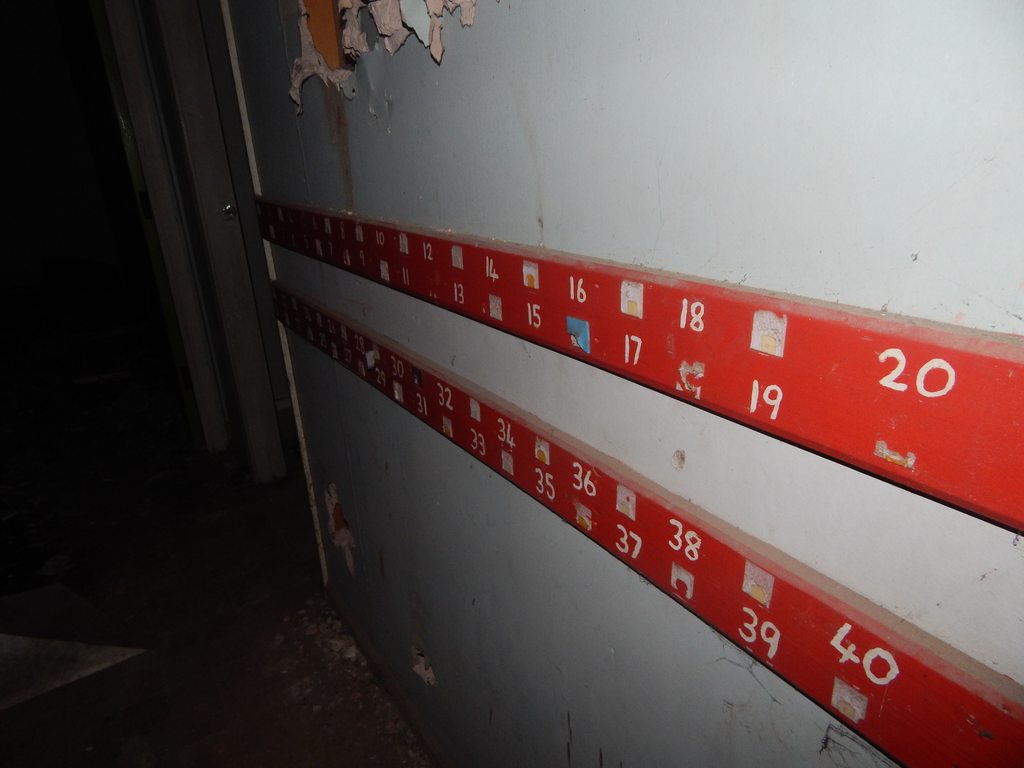
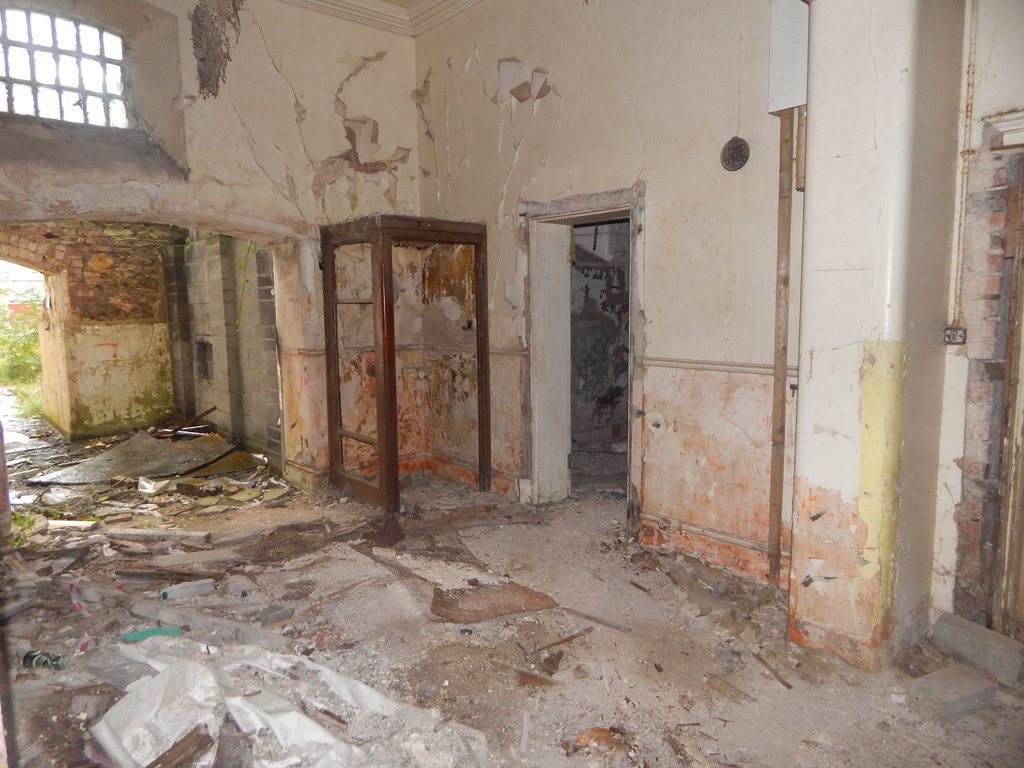
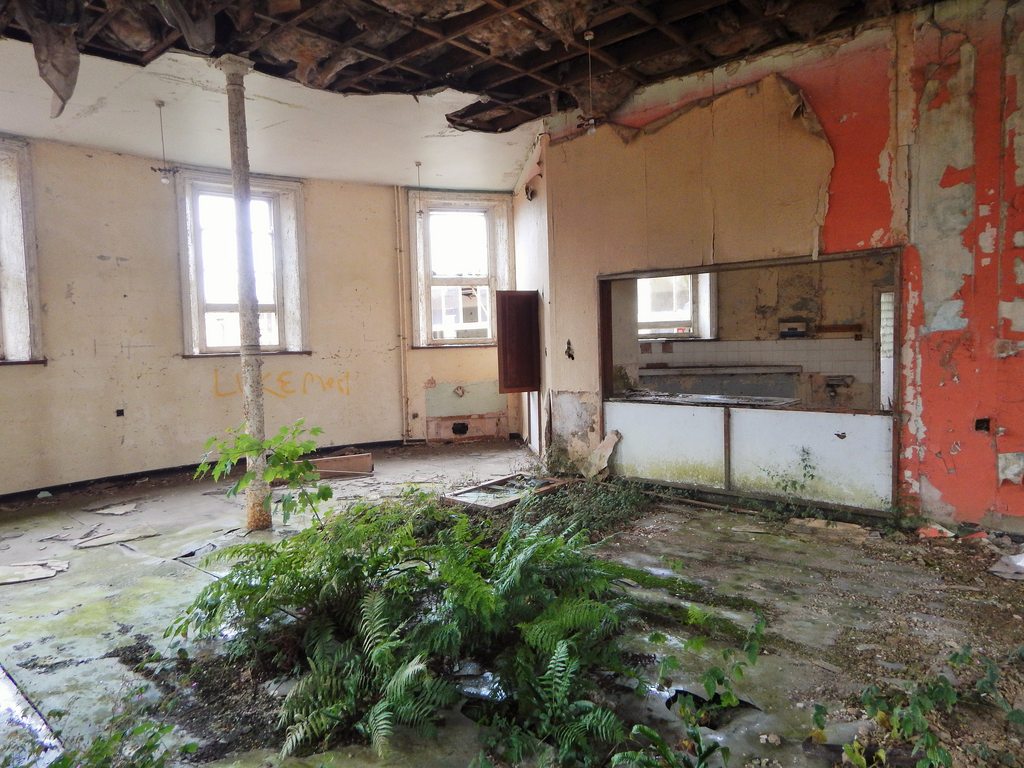
A little bit of privacy please!
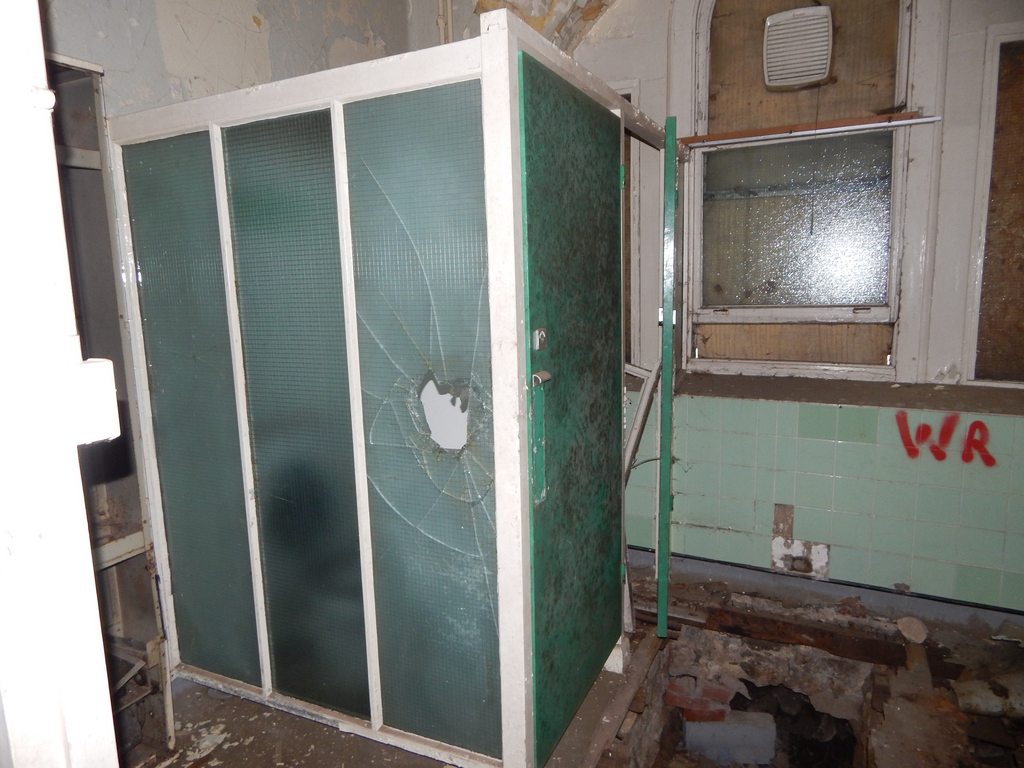
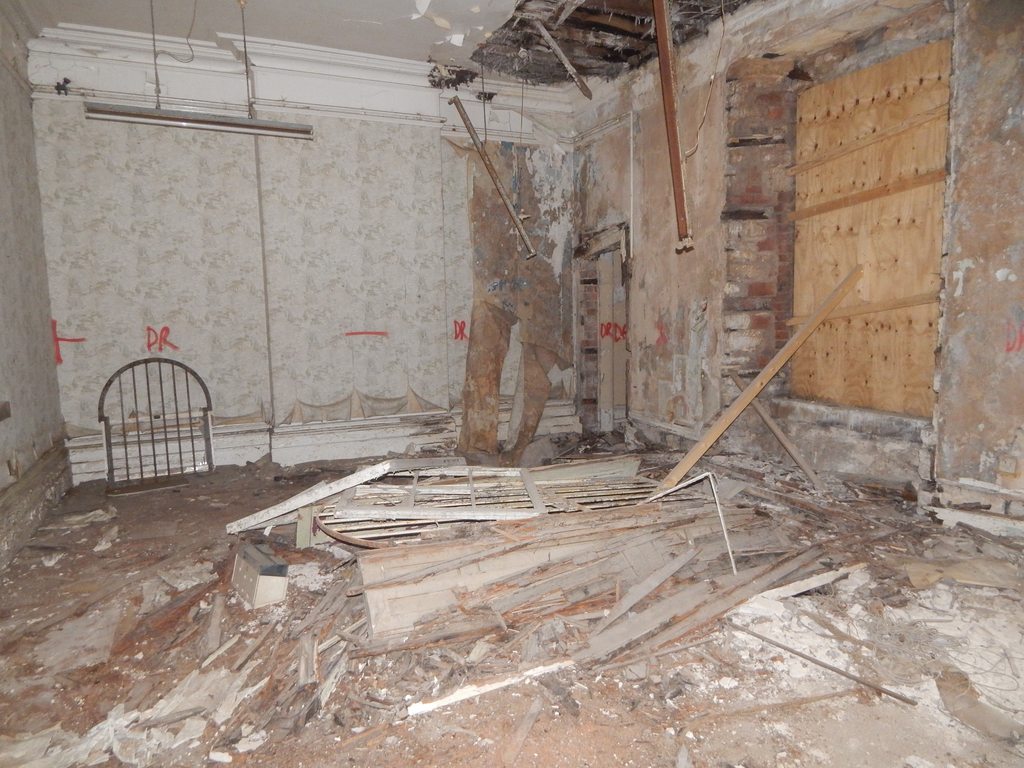
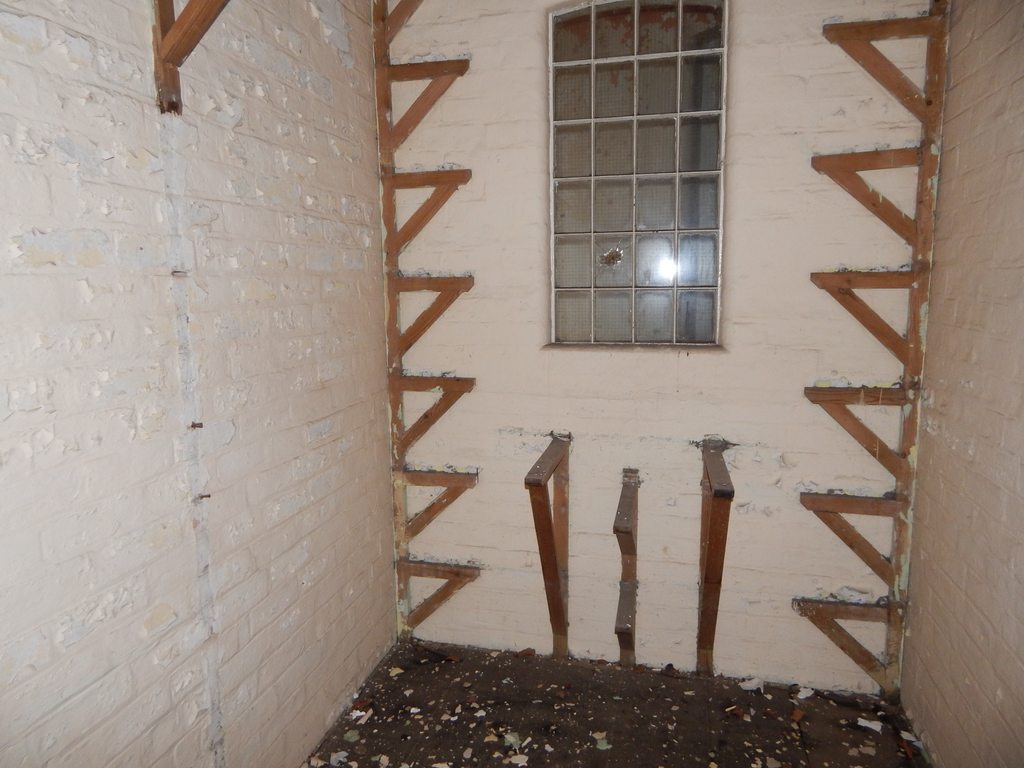
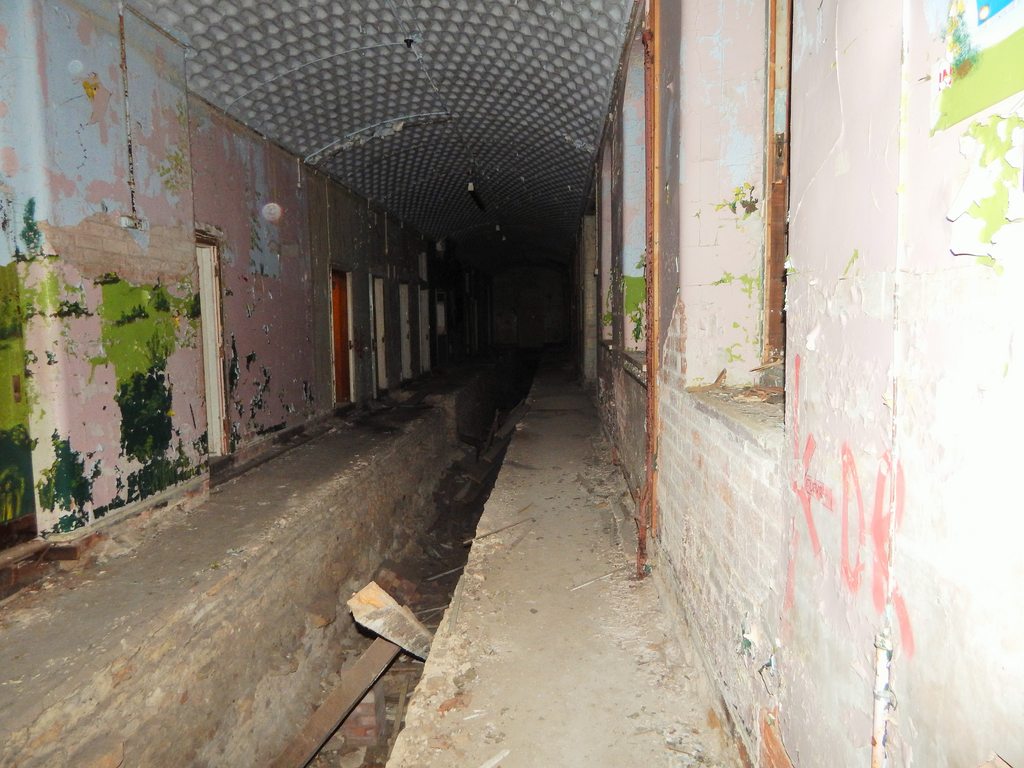
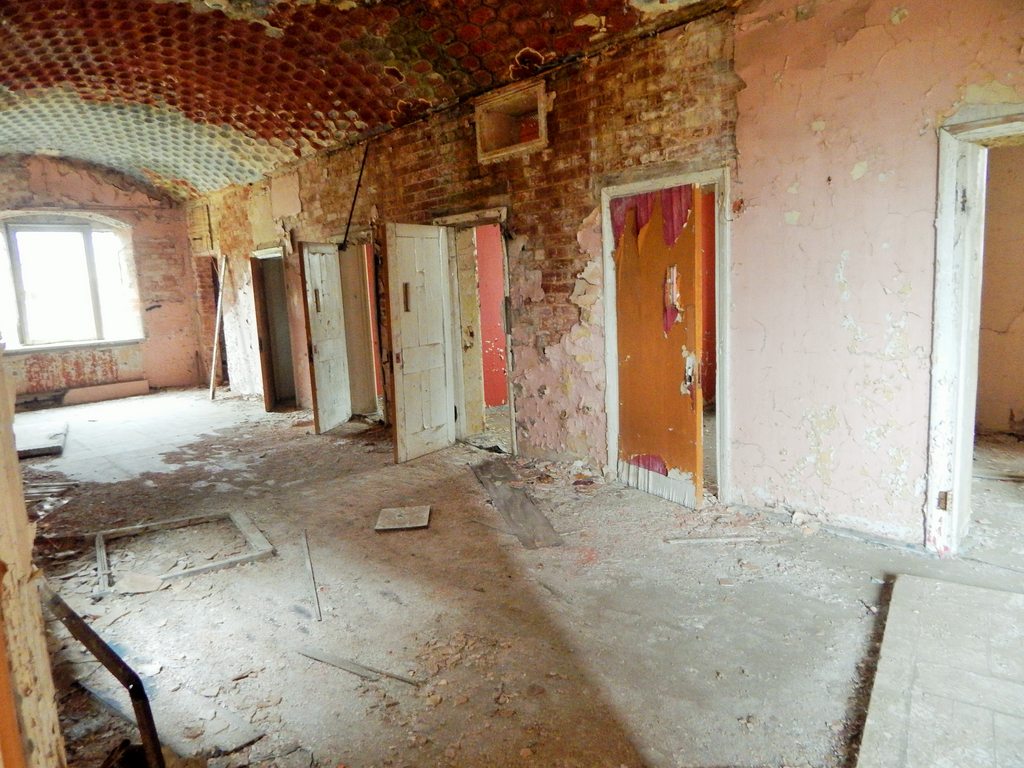
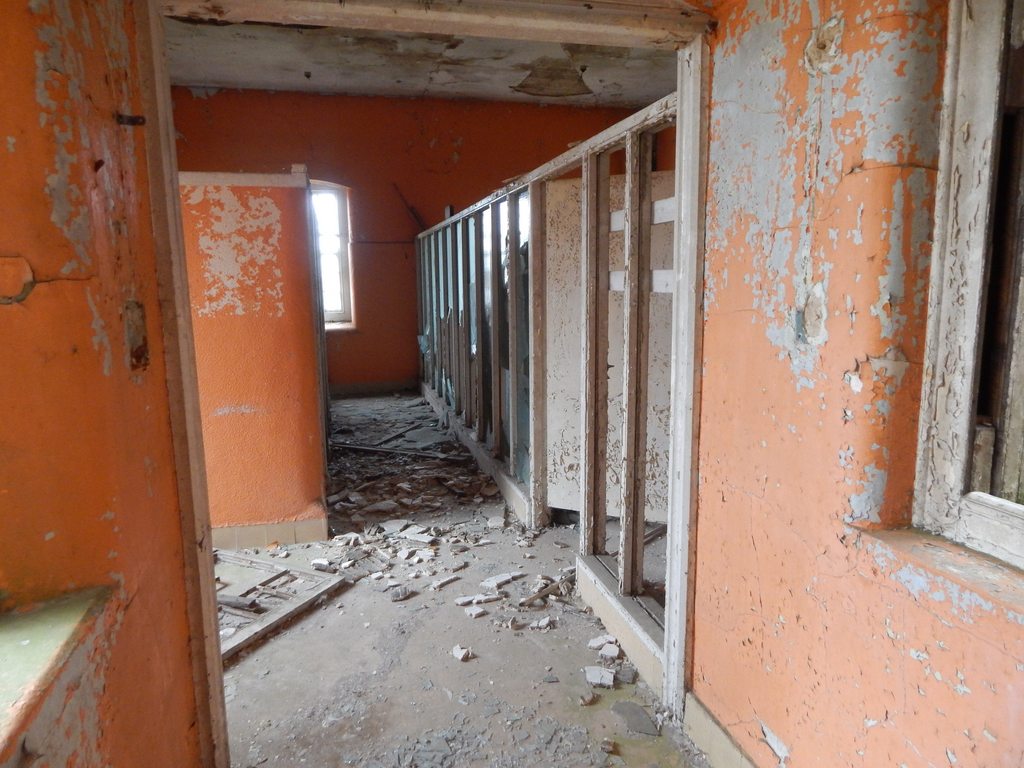
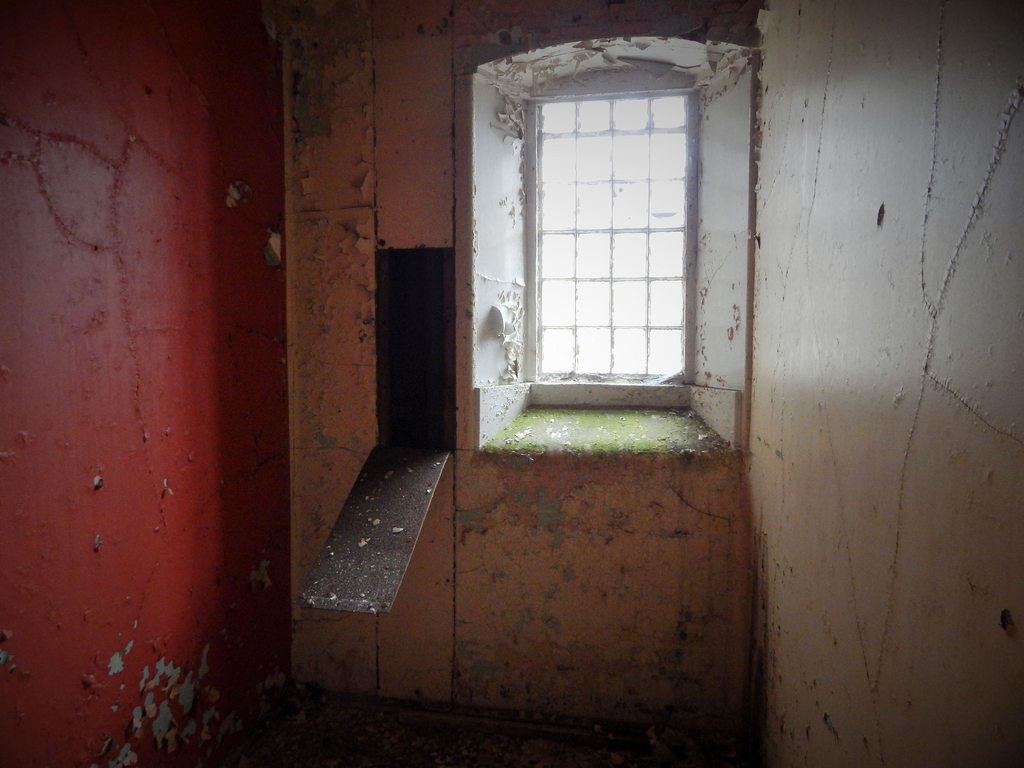
This was my favourite room of the building. I was totally amazed at how derelict the room was, but yet the original light fitting is still perfectly in tact!
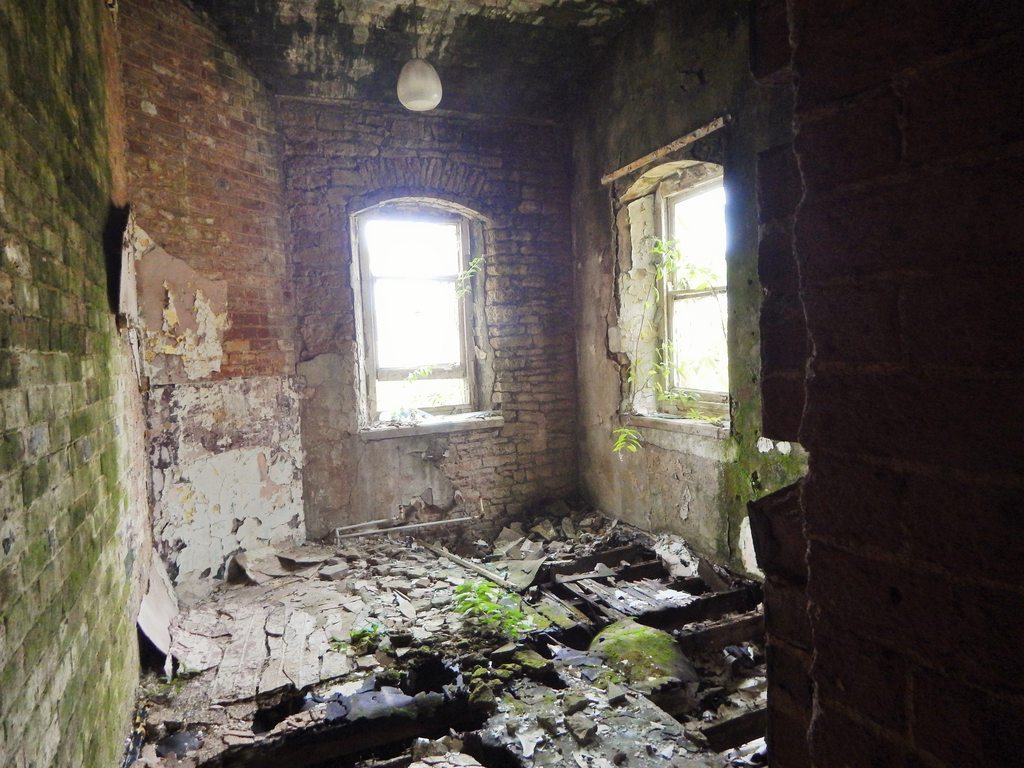
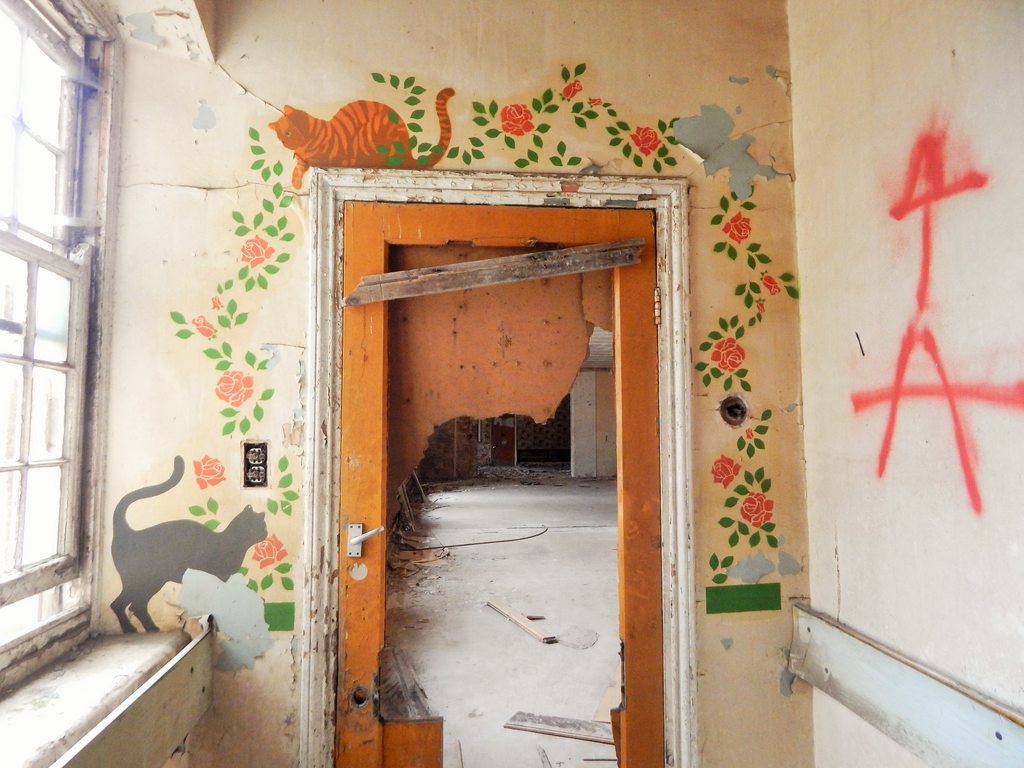
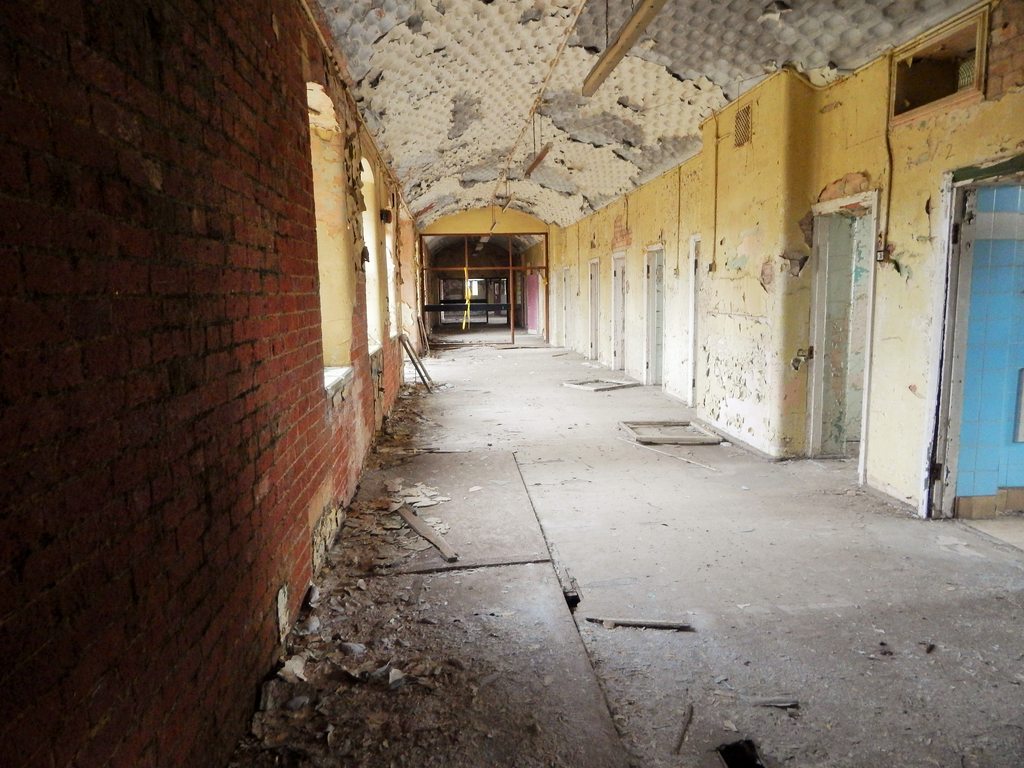
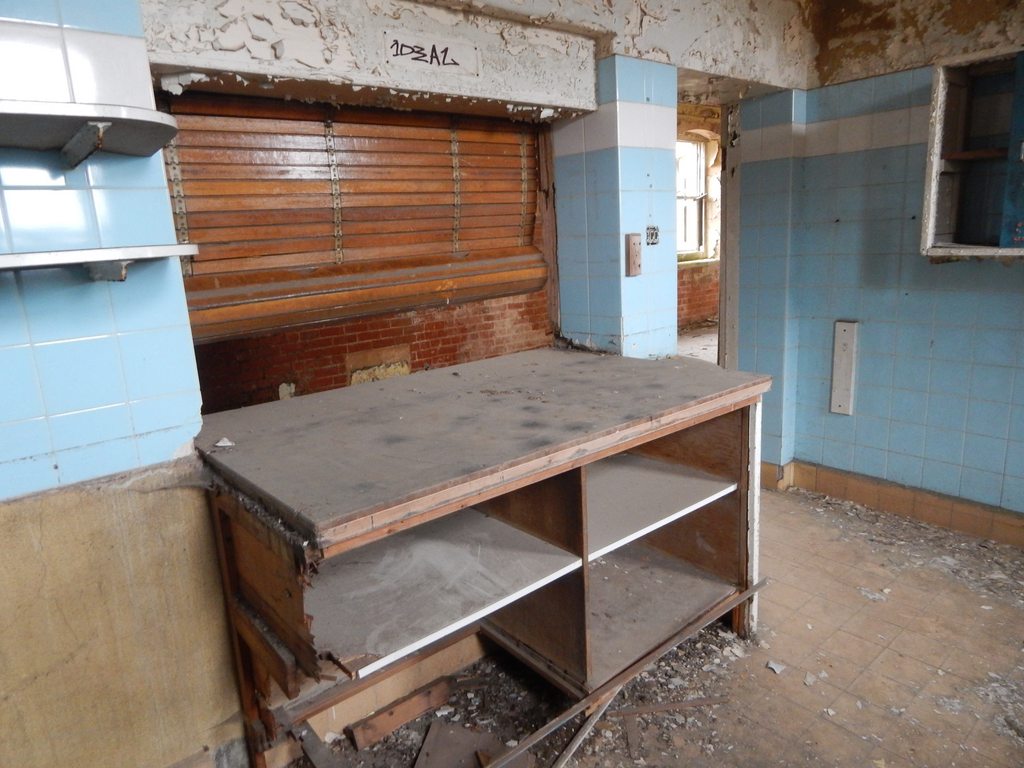
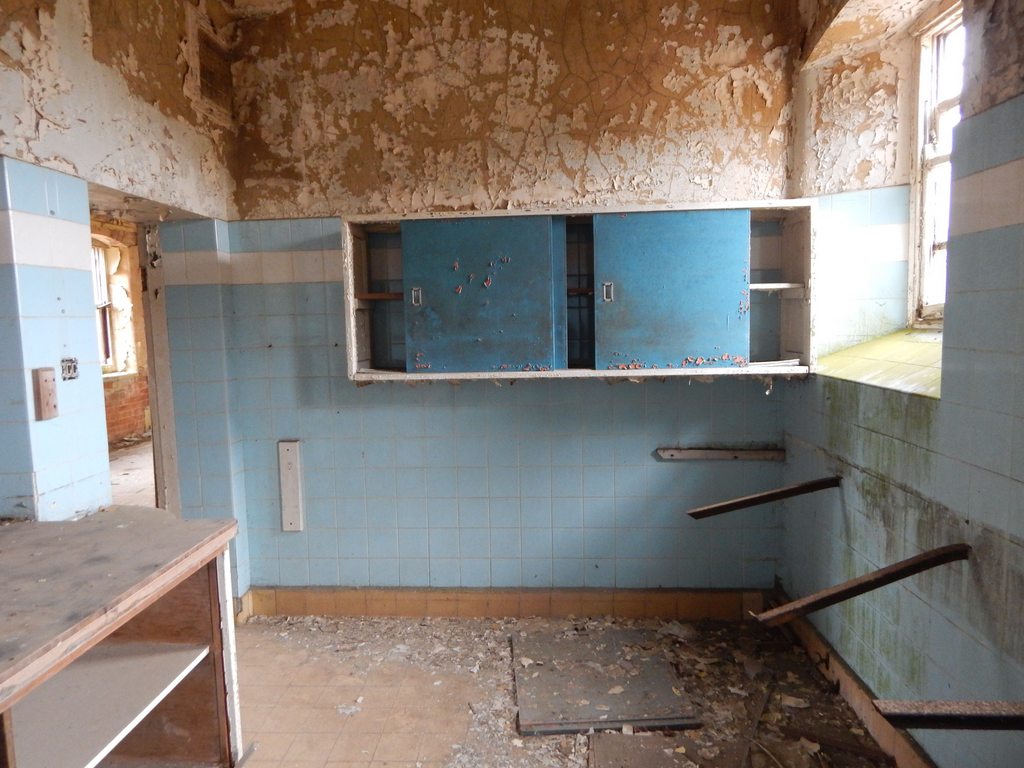
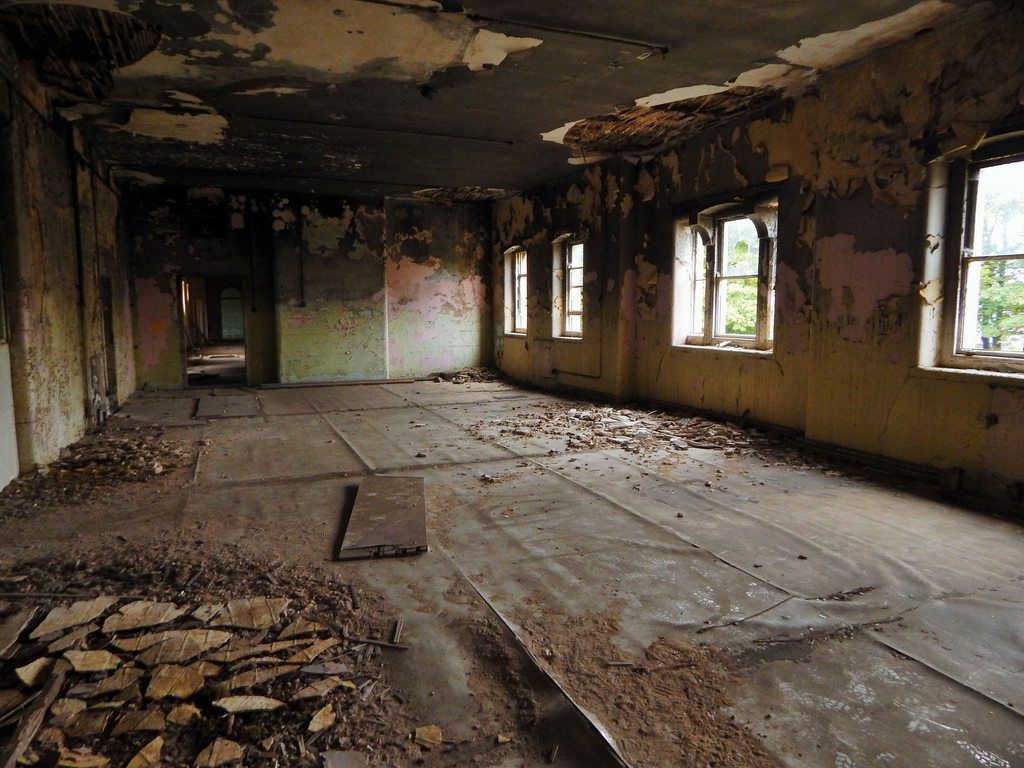
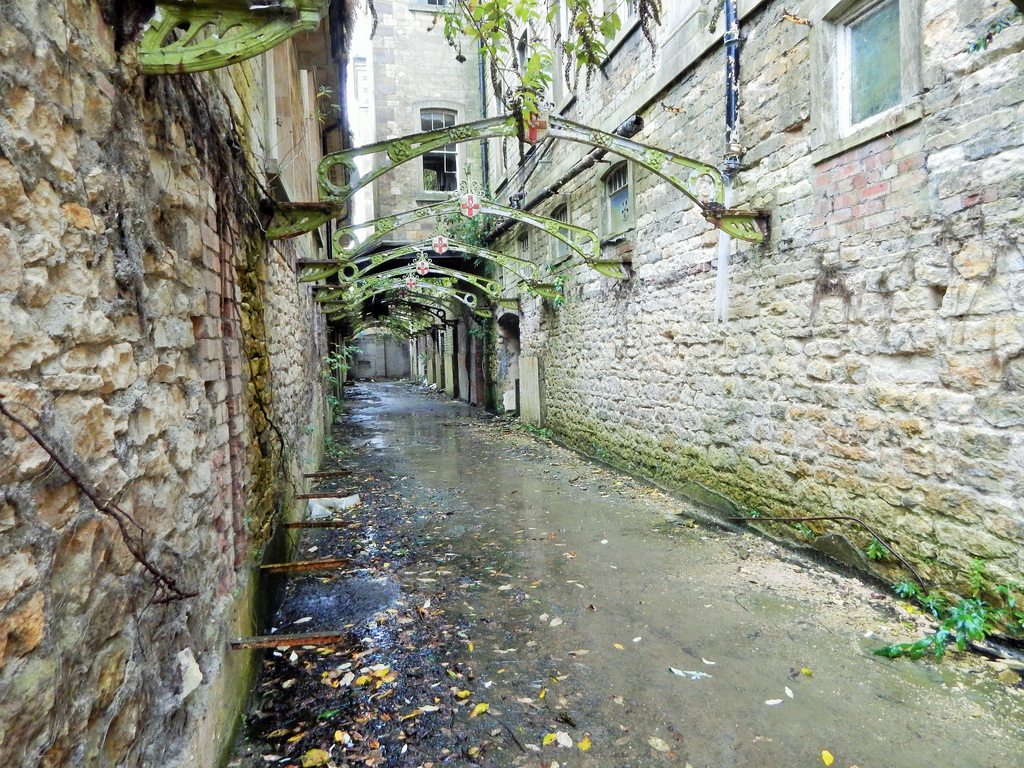
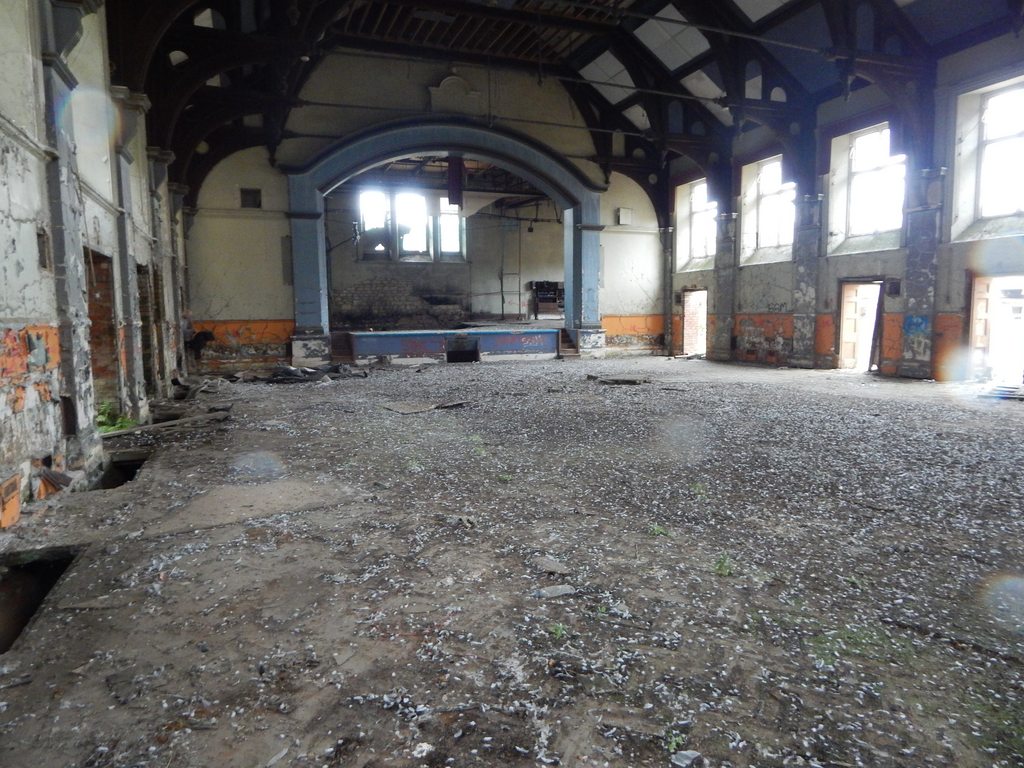
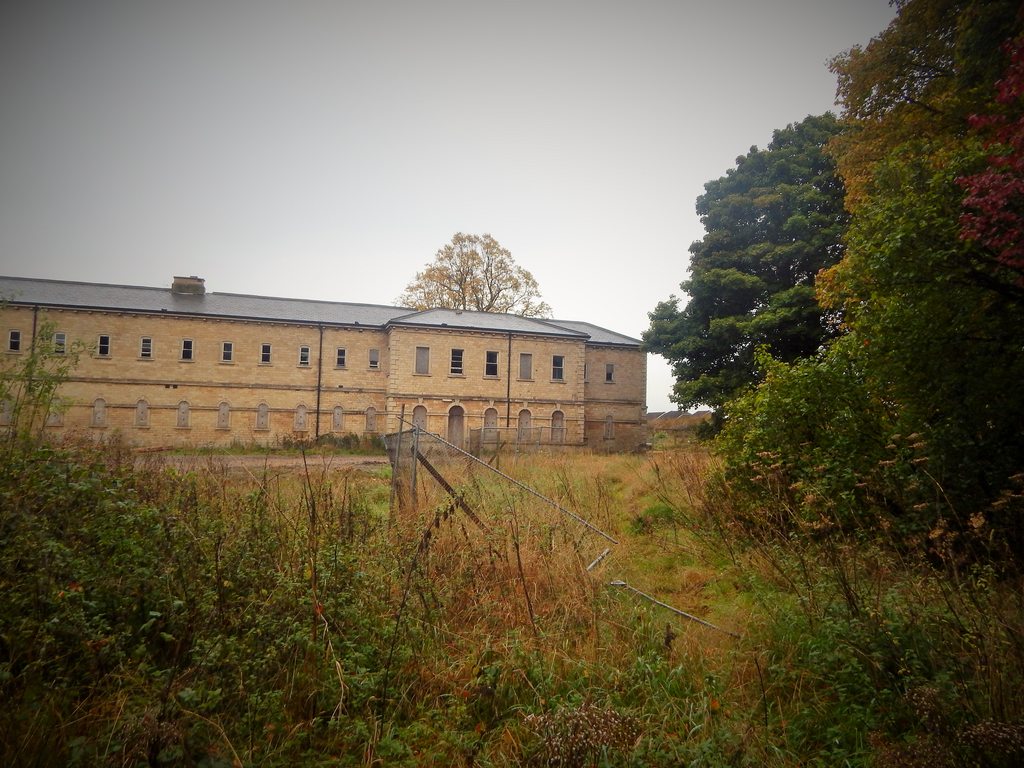
Thanks for looking,
Rubex
Rumour has it that the honeycomb ceilings were put in place to reduce the noise levels of screaming patients from echoing down the long corridors. But it's actually a load of bollocks. The honeycomb ceilings were a common form of fireproofing in hospitals in the mid-nineteenth century.








While the boys were off taking photos I wandered back to the cells, went in one and closed the door behind me. I wanted to get a feel for how things might have been. The cells were tiny. The first thing that struck me was how much smaller they are compared to some police cells. Not that I'd know anything about that, of course :yes:






A little bit of privacy please!







This was my favourite room of the building. I was totally amazed at how derelict the room was, but yet the original light fitting is still perfectly in tact!









Thanks for looking,
Rubex
































